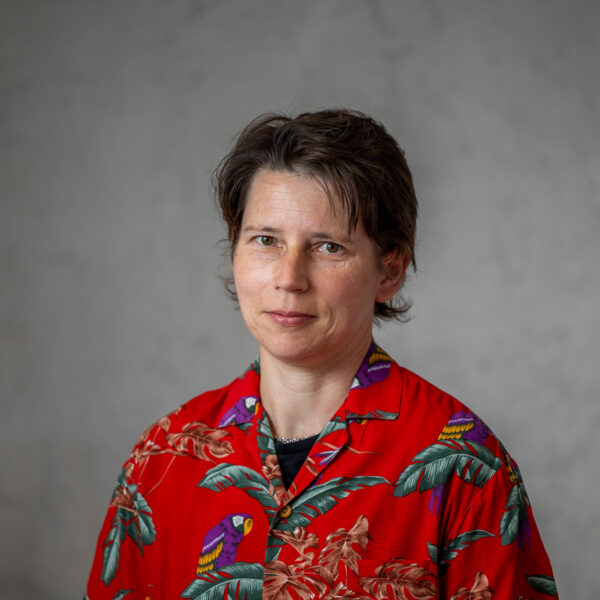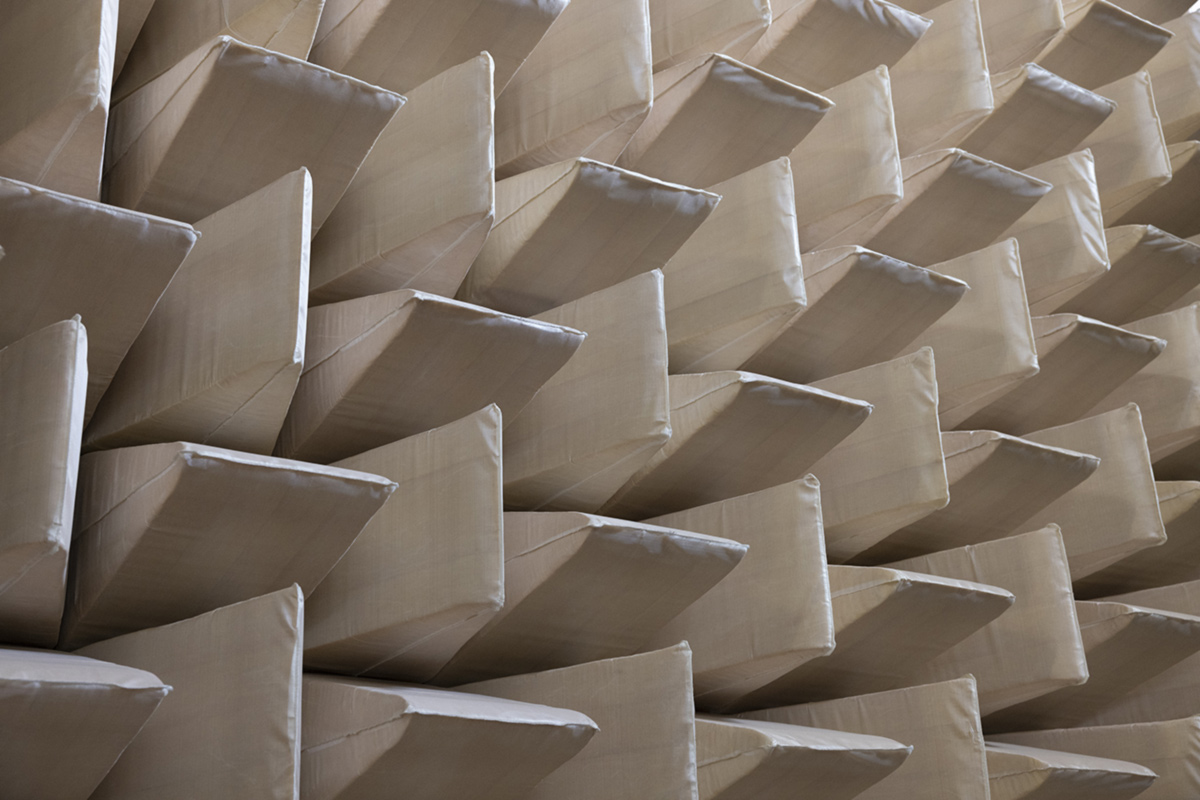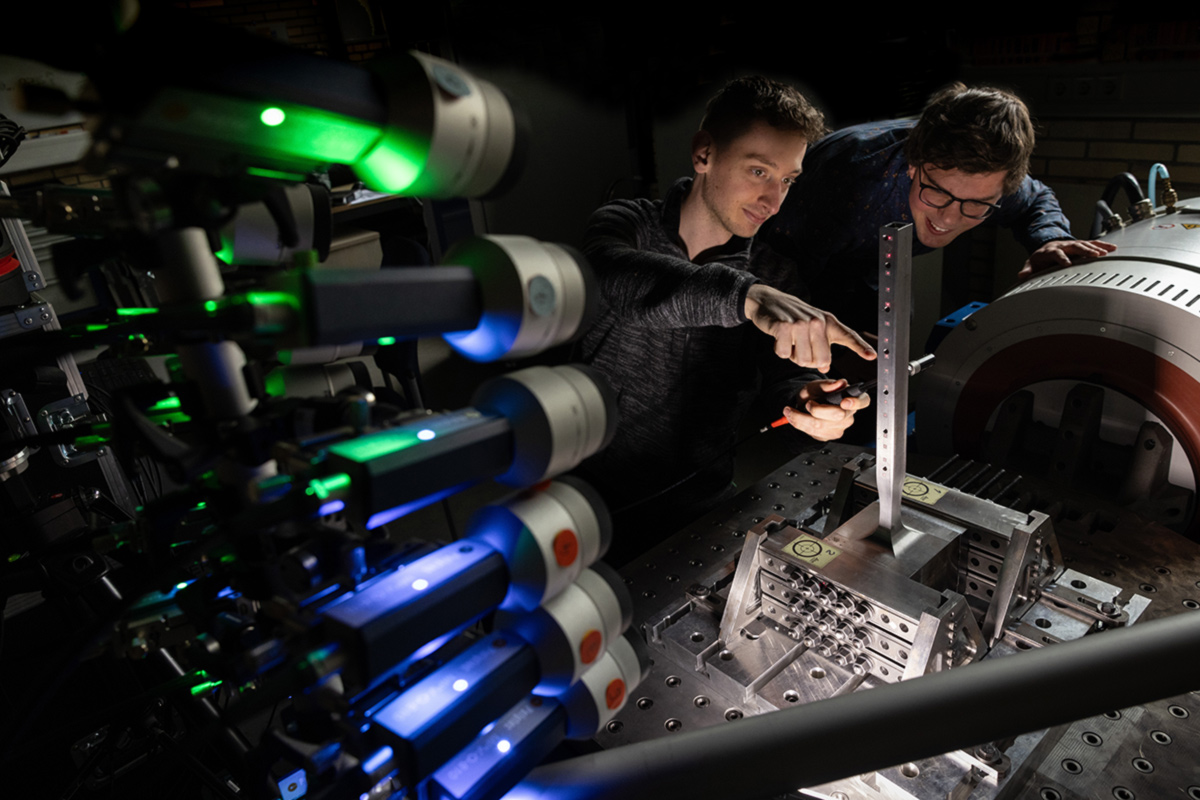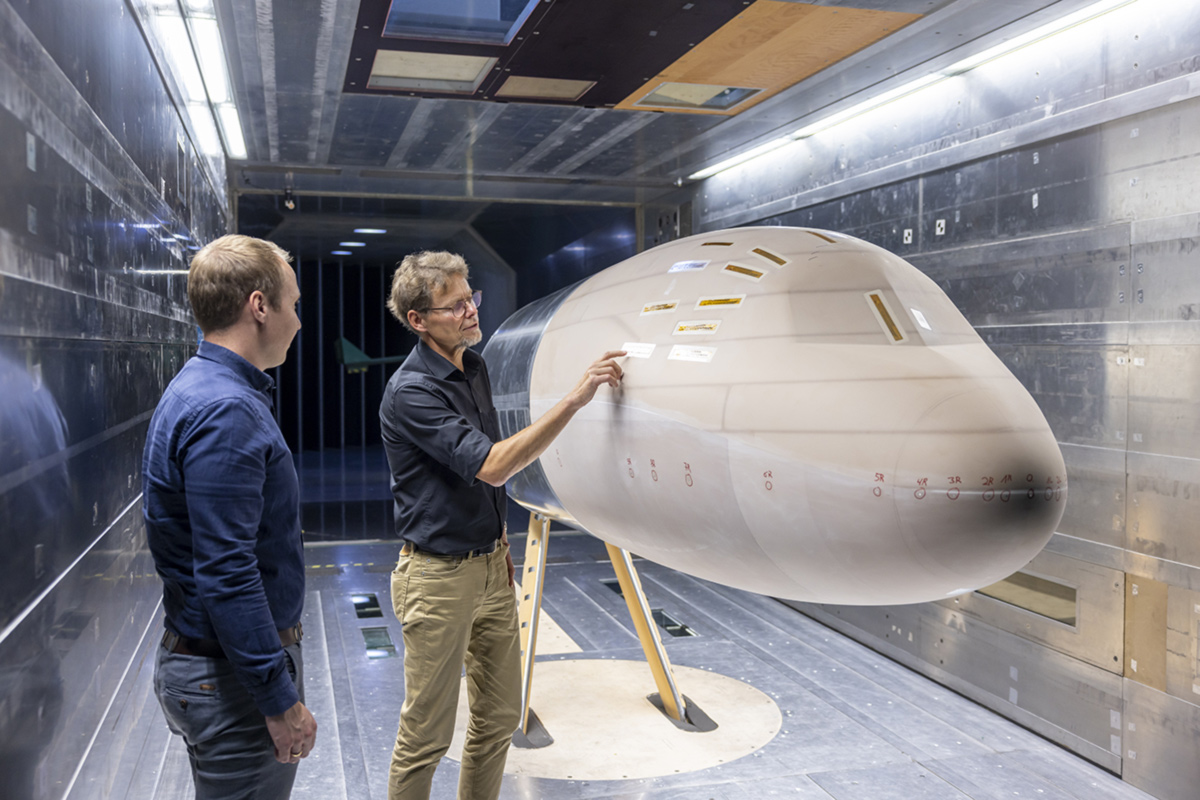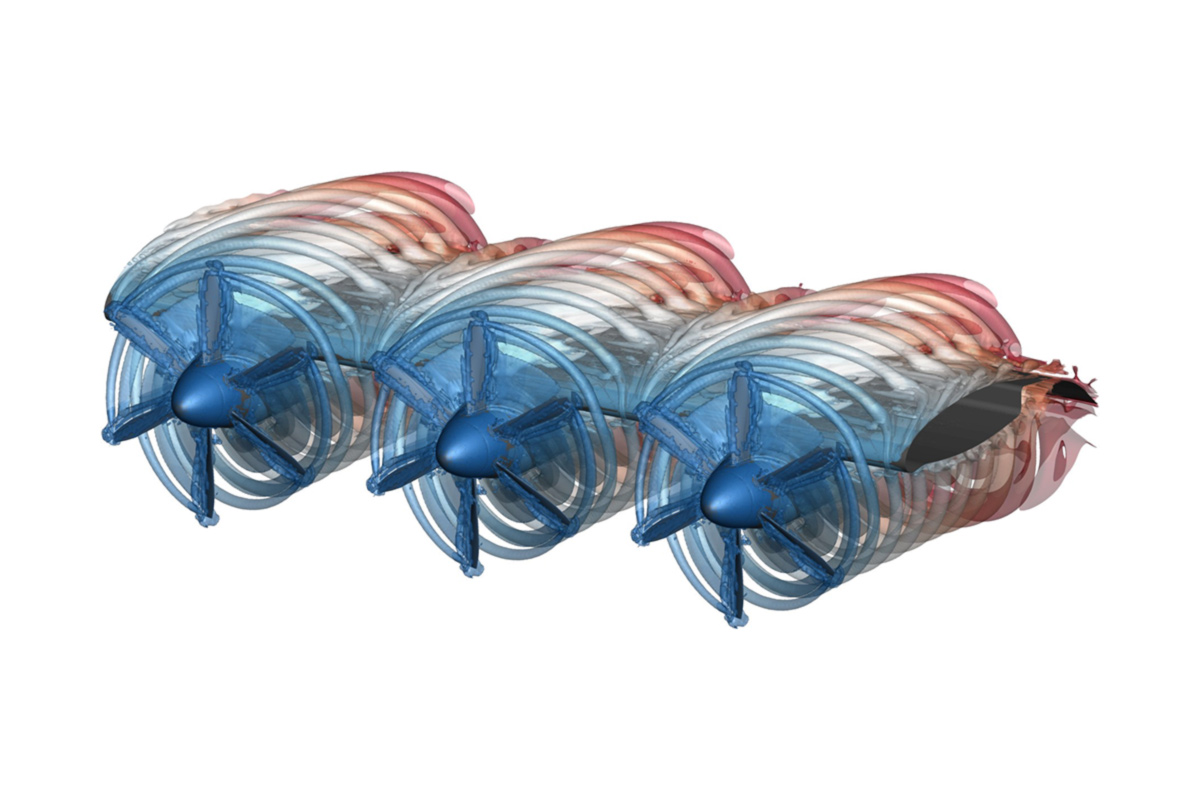C05: Excitation of aircraft cabin noise by tightly integrated propulsion systems
Project C05 predicts the acoustic fuselage surface pressure fluctuations, generated by a complex, thrust vectoring propulsor. Configurations with podded and tightly integrated engines will be considered. Furthermore, the acoustic relevance of morphing techniques regarding nozzle and rear fuselage deformation is investigated. These pressure data are coupled via an interface to a structural code to analyse the cabin excitation. To capture all source mechanisms the highly efficient Tam & Auriault source model concept is generalized, to enable accelerations by installation and thrust vectoring, and interaction of the convecting pressure near field with surfaces. This extended approach will be validated by zonal LES simulation.
Motivation
The motivation of project C05 is to answer the following research questions:
- How can the non-explored field of jet installation (and mixing) noise incl. nearfield be simulated in a particularly efficient way?
- Which are the main physical mechanisms, exciting cabin noise for tightly integrated jet propulsion?
- Do special propagation effects play an important role on the sound received on the fuselage surface, and if so, of what nature and to what extent do they influence the results?
Objective
Project C05 aims to quantify the excitation of cabin noise caused by complex thrust vectoring propulsors.
- Prediction of acoustic pressure on the fuselage, generated by tightly integrated, thrust vectoring propulsors and investigation of the impact of morphed rear fuselage and nozzle geometries on pressure fluctuations.
- Focus is on two configurations: a reference with a podded engine and a lead configuration with highly integrated engines/nozzles on the side of the rear fuselage.
Approach
The project begins with the development of an Acoustic Source Modelling Concept for Unconventional Propulsor Integration. This involves extending the highly efficient Tam & Auriault jet sound source model for excess noise and installation noise sources.
Following this, the Implementation of the Modelling Concept and Multi-disciplinary Interfaces is undertaken. This includes applying and testing the new modelling concept on generic variants of configurations 1a and 1b and implementing an optimized interface from the CAA code to the structural code of B05.
The next phase involves the Validation of the Modelling Concept. After testing the new concept on a simplified geometry, validation of the proposed modelling concept is carried out via scale-resolving methods, such as wall-resolved and wall-modelled zonal LES.
Finally, the project includes the Simulation of Cabin Noise Excitation, where the new modelling concept is applied to final configurations 1a, 1b, and variants including morphing techniques.
Role in SynTrac
- A03: CAD/CFD data for configuration 1a/b, operational engine settings
- B06: CAD data for rear fuselage morphing deformation
- B03: CAD data for thrust vectoring nozzle deformation
- B05: Surface pressure to be coupled into the structure code
- C06: Exchange of best practice for acoustic simulation with scale-resolving methods





